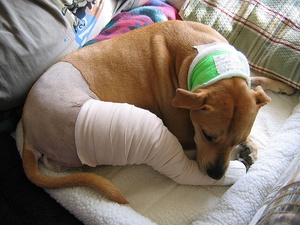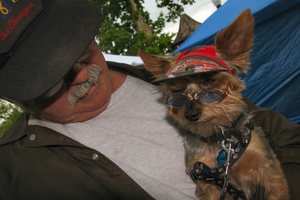The Italian greyhound (IG) is a wonderful breed. As a true greyhound, the IG is happiest when provided an opportunity to exercise frequently. However, in their down time IGs are just as content laying on the couch with their human family. Their sweet demeanor combined with easy grooming has made this breed desirable to many. Unfortunately however, like most pure bred dogs, the IG can develop a handful of inherited diseases that make life a challenge for the breed and those that love them.
It isn’t a secret among IG aficionados that one of the biggest health concerns for the breed is their oral health. Though the exact reason is yet to be fully understood, it is not uncommon for IGs to develop early-onset dental disease resulting in significant problems in early adulthood. Though a commitment to daily tooth brushing can help prevent many dental issues, there is also an inherited dental disease in IGs that can now be eliminated through genetic testing of dams and sires prior to breeding!
In the “Health Concerns” section of the Italian Greyhound Club of America website, there is a discussion about “a condition in IG's where the teeth are small ...









